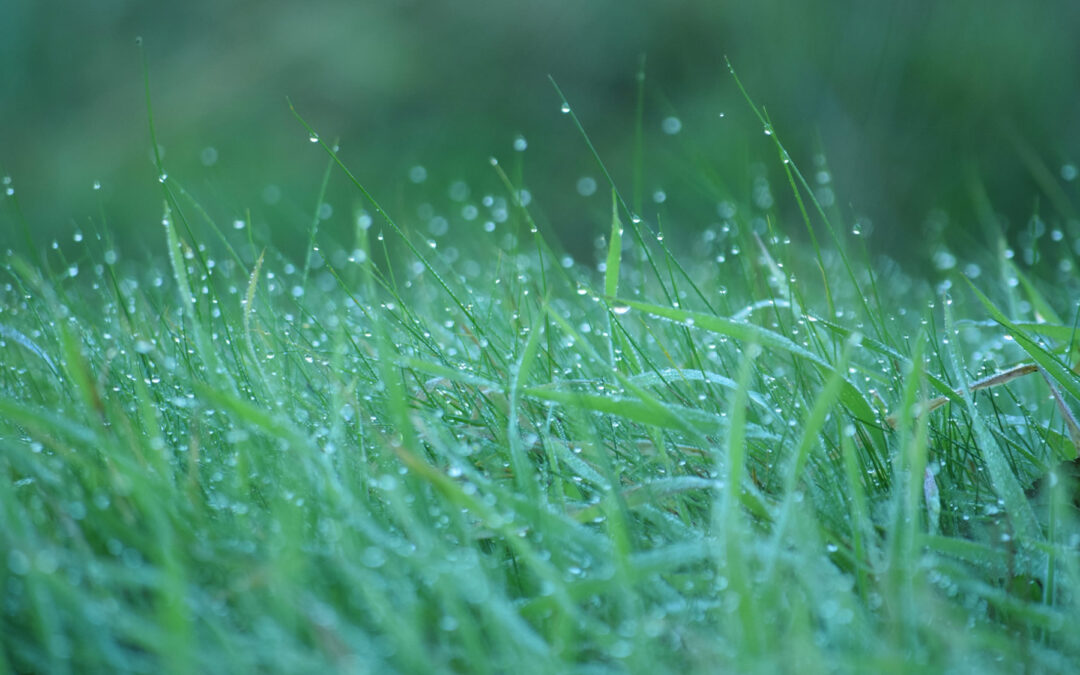The winter season brings cold temperatures and heavy snow that could affect your lawn’s health. It’s best to start preparing before the frigid months arrive. Being proactive helps you protect your grass. In addition, you’d be better prepared for the coming spring.
What are the steps to follow for winter lawn care? What practices should you avoid? MowTown Blades has shared a guide to answer these questions. Keep reading and learn how to winterize your lawn effectively.
The Importance of Winterizing Your Lawn
Winter brings more than just frigid temperatures. Snow, frost, and sleet can come and wreak havoc on your plants and turf. It might be tempting to stay inside and let your plants handle the freezing temperature on their own. However, not winterizing your lawn can have lasting effects on your turf’s health. The small amount of effort will be worth it in the long run.
- Creating a Shield for Harsh Temperatures: As grass retreats to dormancy, practices like adding more fertilizer help the plants become more fortified since they’d have stronger resistance against the cold.
- Preventing Disease: Fungi and bacteria can remain active during winter months. With winterizing techniques like trimming and cleaning, these lawn diseases will have a harder time breeding and spreading.
- Storing Nutrients for the Coming Spring: As plants emerge from the ground in spring, they will need adequate energy reserves and nutrients. Winter lawn care helps you address this need. That way, grass and other plants can grow lush and healthy as the ground thaws.
Keep Trimming Throughout the Fall
It may be tempting to just let your grass continue growing during fall. After all, the turf will just wilt away in the winter. However, continuous trimming offers many benefits. Keeping your grass within the recommended height helps prevent it from matting down during heavy snowfall. Matted grass encourages snow mold growth and the spread of disease.
Trimming also helps grass absorb sunlight. The exposure encourages photosynthesis and increases energy reserves before the grass goes dormant. Finally, trimming ensures that fertilizer won’t just sit on top of the grass, allowing the nutrients to reach the soil and get taken up by the roots.
When To Stop Trimming the Lawn
At some point, you will need to stop trimming and let your grass prepare for dormancy. At this stage, the turf will prepare for root growth. Trimming the grass will only make it spend energy and nutrients to grow new leaves. If it does so, then it won’t have enough stored nutrients to endure winter.
In general, we recommend that you stop trimming a few weeks before the first anticipated frost. Make sure to follow your weather channel updates to determine the right timeline. In terms of how high your last trim is, it depends on your type of grass. Warm-season grasses should be 2 to 2.5 inches long. Cool-season grasses should be between 2 to 4 inches in height.
MowTown Blades has the perfect mower blades to achieve consistent and precise grass heights.
Why You Shouldn’t Mow After a Frost
Frost turns your grass brittle. The blades could easily break, resulting in stress and damage to the plant. It is tempting to mow the lawn after a frost, but we recommend waiting until temperatures are higher as small amounts of water could still be frozen within the leaves. Once the ice has fully thawed, you may start mowing.
In connection to mowing, you should avoid walking on grass after a frost. These activities create the same effect on your vulnerable turf, resulting in damage to the blades. Again, wait for the grass to completely thaw — usually when the temperatures are in the high 40s — before stepping on the grass.
Quick Winterizing Tips To Ensure Your Lawn Survives the Cold
We’ve shared additional winter lawn care tips to help your turf resist the cold temperatures. Try these out before winter comes!
Rake Your Leaves
A thick layer of leaves creates the perfect breeding ground for disease and pests. The debris also stops airflow and sunlight exposure. These issues leave your grass vulnerable and unable to store nutrients, so make sure to regularly rake your leaves away as autumn progresses.
De-Thatch and Aerate in Early Fall
Removing the thatch serves the same function as raking leaves — creating airflow and encouraging water absorption. You can complement this step by aerating the soil. This process involves turning over the soil or perforating it, so air can penetrate the topsoil. Together, these practices help your lawn better absorb nutrients and discourage mold growth.
Overseed the Lawn
Old lawns with thinning grass will benefit from this step the most. Overseeding is simply the practice of spreading more seeds over your lawn. When spring comes, the grass will be denser and more vigorous. When you overseed, make sure to add other grass varieties if possible. Choose options that are more resistant to stress and harsh environmental conditions.
Fertilize Before the Frost
If you fertilize after the first frost, the ground could already be starting to freeze, and your soil won’t be able to absorb nutrients. Make sure to fertilize around late fall. We recommend using slow-release fertilizer for balanced absorption of phosphorus, potassium, and other minerals.
Wrapping Up: Winter Lawn Care
Preparing for the cold months is one way to ensure a healthy and resilient lawn. By following practices that ensure optimized nutrient absorption and resistance to diseases, you can protect your grass and ensure that it grows vigorously in the spring. Follow the tips we shared above and browse our catalog to find the perfect blades for mowing your grass.
FAQs
Why Is It Important to Winterize My Lawn?
Winter lawn care helps your vegetation — especially grass — survive winter. Winterizing your lawn helps with nutrient absorption and energy storage. In addition, practices like trimming, raking leaves, and de-thatching help prevent mold from spreading. If you winterize your lawn, your grass will grow lush and healthy when spring arrives.
How High Should I Mow or Trim My Grass Before Winter?
It depends on the grass type. Warm-season grasses should be between 2 to 2.5 inches while cold-season grasses can be as high as 4 inches. The important thing is to follow a height that helps with sunlight absorption and prevents matting when snowfall comes.

